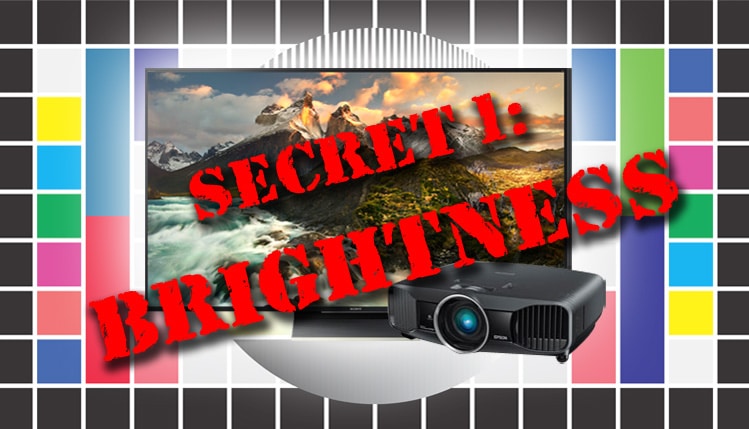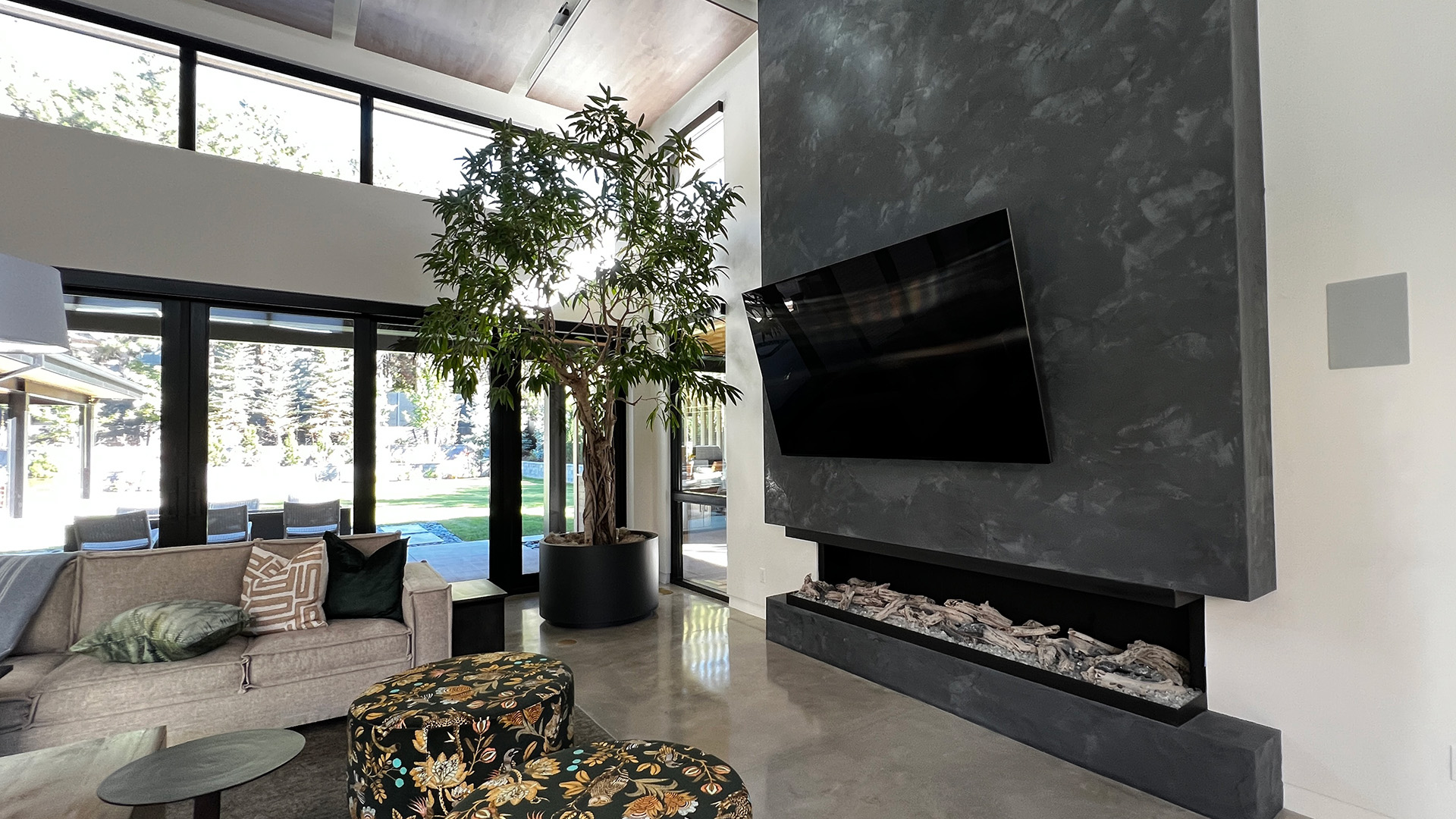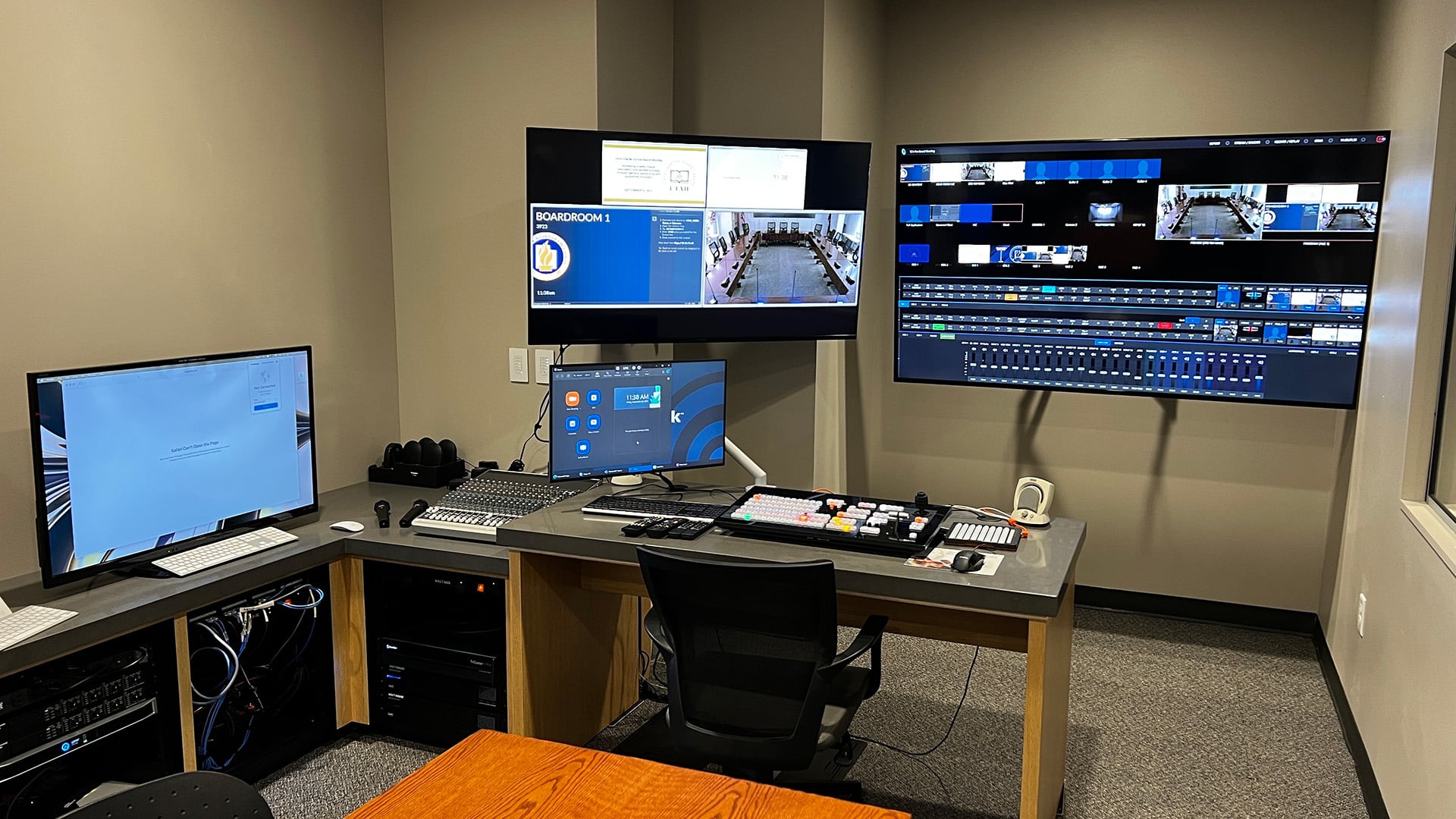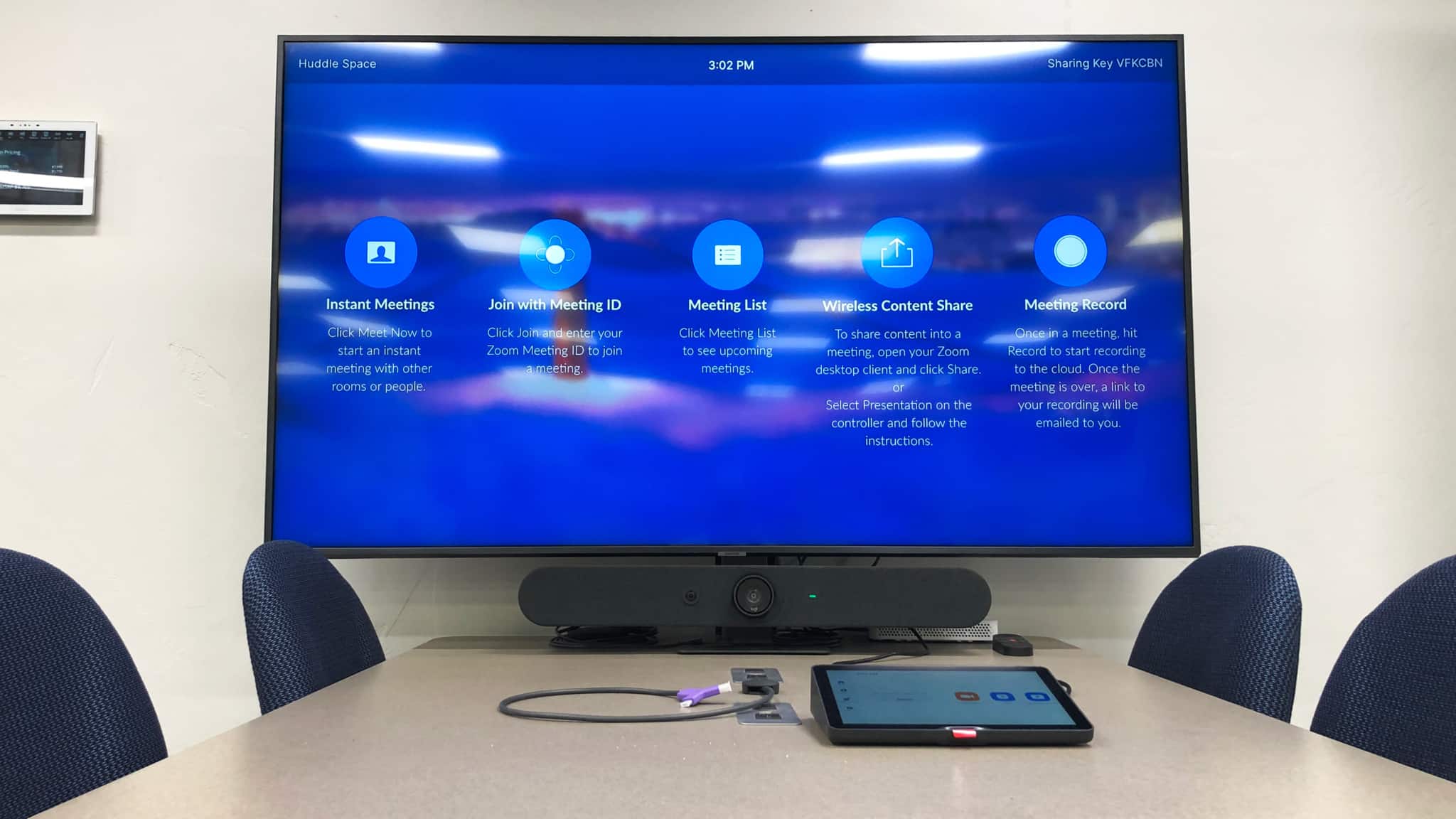First Secret: Brightness
The first secret to TV and projector image quality is brightness – not the control that you think of that is found on most TVs – but the intensity or overall luminosity of the image. In flat screen TVs it is measured in Nits (nt) or candelas per meter squared (cd/m2,) and in projectors it is usually stated in lumens. This is an example of how two almost identical images appear – except that one is at a higher brightness level than the other one. Notice where your eye and attention goes to.
The first image has the same detail, color, and sharpness as the second image but has a lower intensity or range. As you might notice, a higher range brings out the detail and contrast better. In some professional flat screen TVs the cost of the screen (in the same series) is directly proportional to how much brightness it is capable of producing. Typical home flat screen TVs are 250 to 350 nits (and it’s beginning to change), while professional flat screen TVs are typically 700 – some are even 1,500 to 2,000 nits. Business and classroom projectors are also proportional to the brightness they produce with a typical University classroom projector now running about 5,000 lumens. In home theater projectors they are now typically in the 1,500 to 2,500 lumen range as they are usually watched in a more controlled lighting environment.
So what happens if we just turn up the brightness control in the menu? Take a look:
Turning up the picture brightness can actually make the image appear worse because now we have destroyed the details in the highlights. As you can see, the brightness control is not the answer to the image intensity and perceived quality of the image. In addition to getting the right level of brightness for the application, there are some adjustments we will get into later that can help the perceived intensity and contrast of the image. When looking into new products keep in mind the brightness capability of the product and how it compares to others in its category(more on this later) – it is very important and yet sometimes very hard to find out.









0 Comments